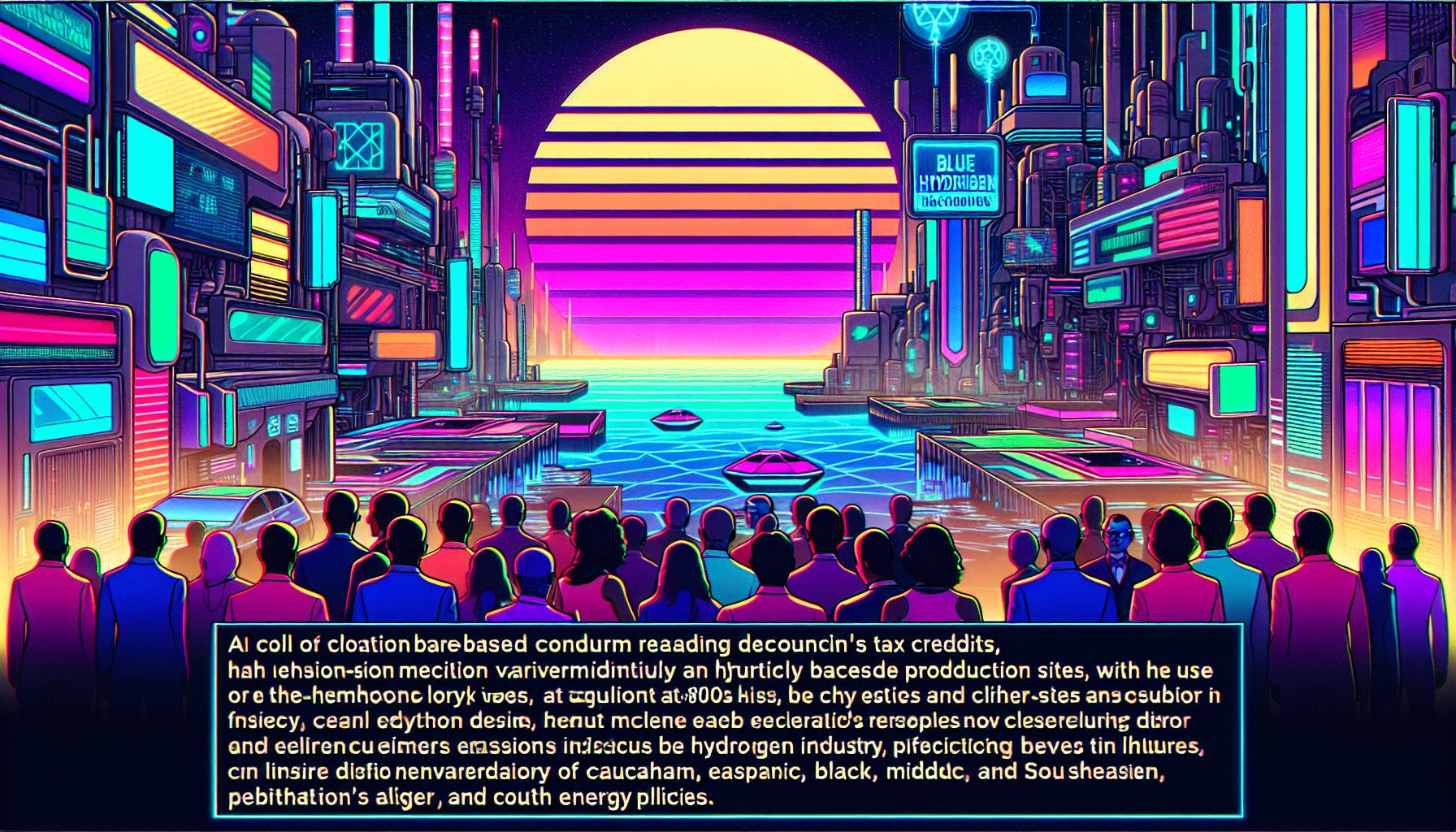Location Matters: Blue Hydrogen's Tax Credit Conundrum

United States, Tuesday, 15 October 2024.
A new study reveals that blue hydrogen’s eligibility for US tax credits should be location-specific. Why? Because emissions vary dramatically based on production site. This finding could reshape the hydrogen industry’s future and challenge current clean energy policies.
The Importance of Location in Emissions
I’ve always found it fascinating how the spot where something happens can change everything. Take blue hydrogen, for instance. This study from Nature Energy says that where you make blue hydrogen affects its emissions. And it’s not just a little difference. Think of it like cooking—using different ingredients can totally change the taste of a dish. In this case, the location changes the greenhouse gas emissions intensity[1].
Why Blue Hydrogen Needs Specific Criteria
Now, you might be wondering, ‘Why does this matter for tax credits?’ Well, the US Inflation Reduction Act (IRA) offers these credits to encourage low-carbon hydrogen production. But the twist is, if we don’t consider where the hydrogen is made, we might end up supporting projects that aren’t really cutting emissions like they should be. It’s like paying for a gym membership and never going. You’re not getting the benefits you’re after[2].
Real-World Implications
Imagine two hydrogen plants: one in the Permian Basin and another in the Marcellus Basin. The study shows that blue hydrogen from the Permian has more than double the emissions of that from Marcellus—7.4 kgCO2e per kg H2 versus 3.3 kgCO2e per kg H2. It’s all about the methane leakage and how much carbon they can capture. So when it comes to tax credits, they shouldn’t be treated the same. Location-based criteria could save us from funding the wrong projects[3].
The Future of Hydrogen
This location-based approach could push the hydrogen industry to new heights. By focusing on emissions profiles specific to each project, we’re not just throwing money at the problem—we’re solving it. It’s like having a personal trainer who tailors the workout to your needs rather than a one-size-fits-all routine. This could lead to better technology and lower emissions, aligning with the global goal of decarbonisation. After all, isn’t that what we’re aiming for[4]?
Looking Ahead
As we move forward, these findings might force policy changes, ensuring tax credits go where they’ll make the most impact. It’s a game-changer for the industry, urging stakeholders to rethink how they approach clean energy projects. I can’t help but feel a bit excited about the possibilities. It’s like finding a new route on a familiar journey—fresh, promising, and full of potential[5].